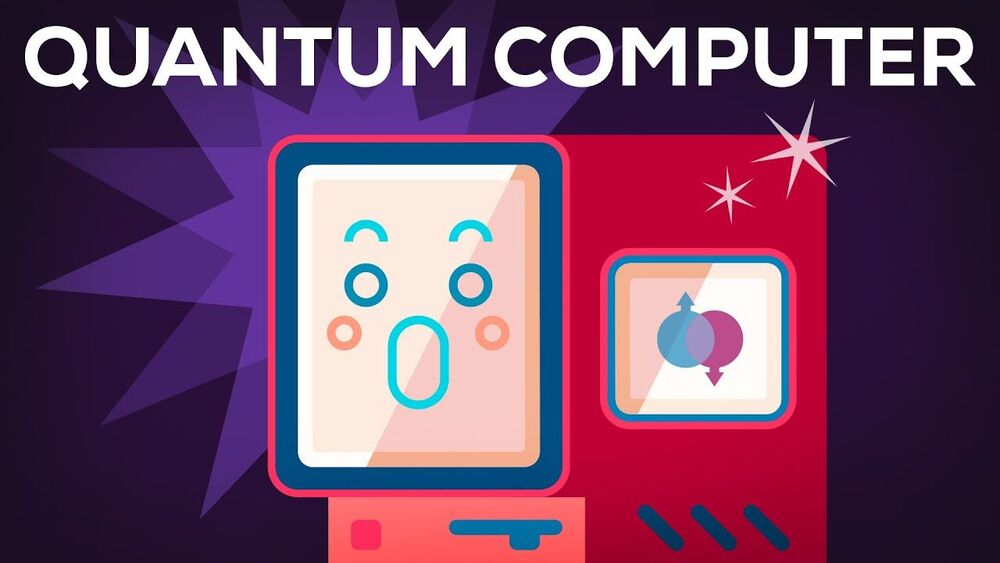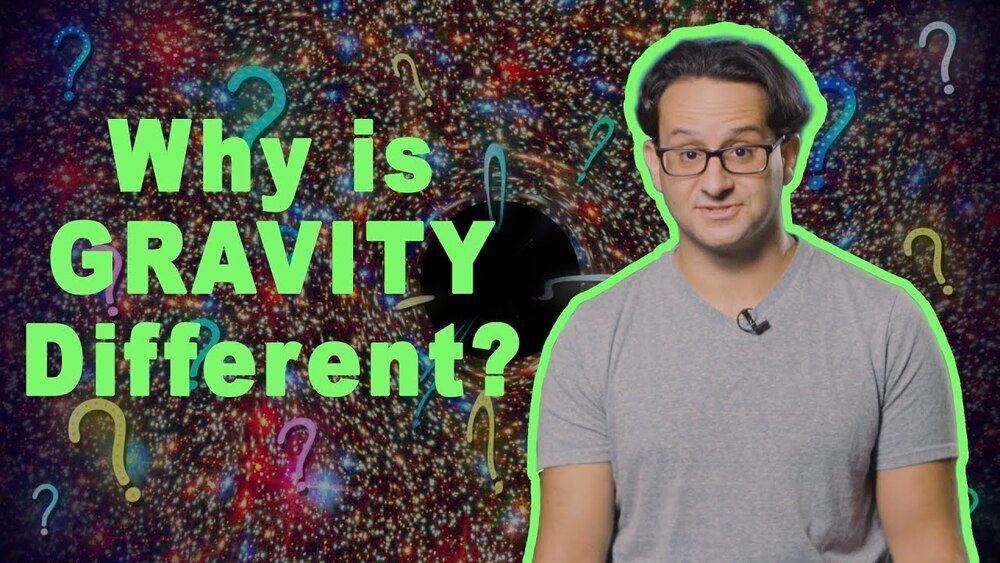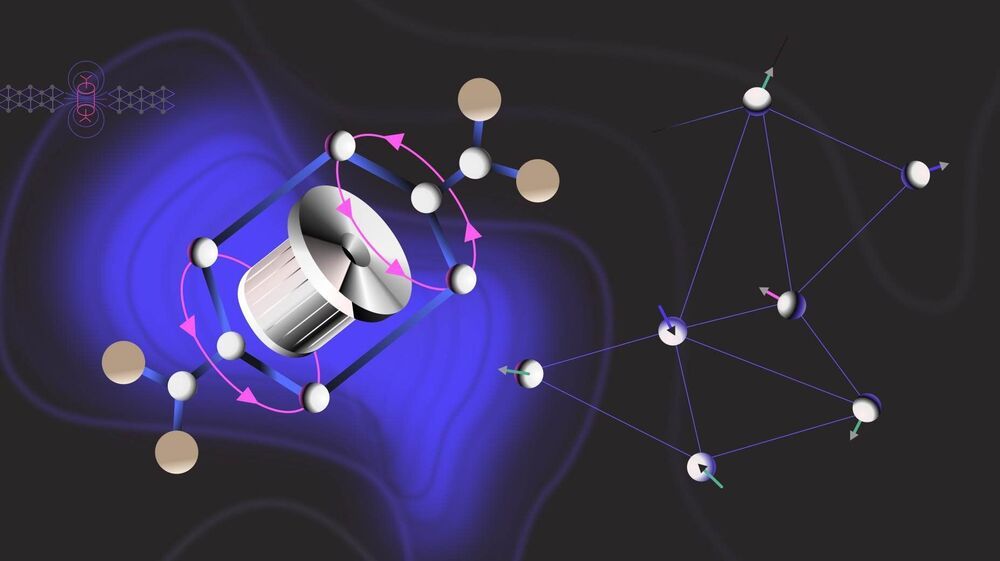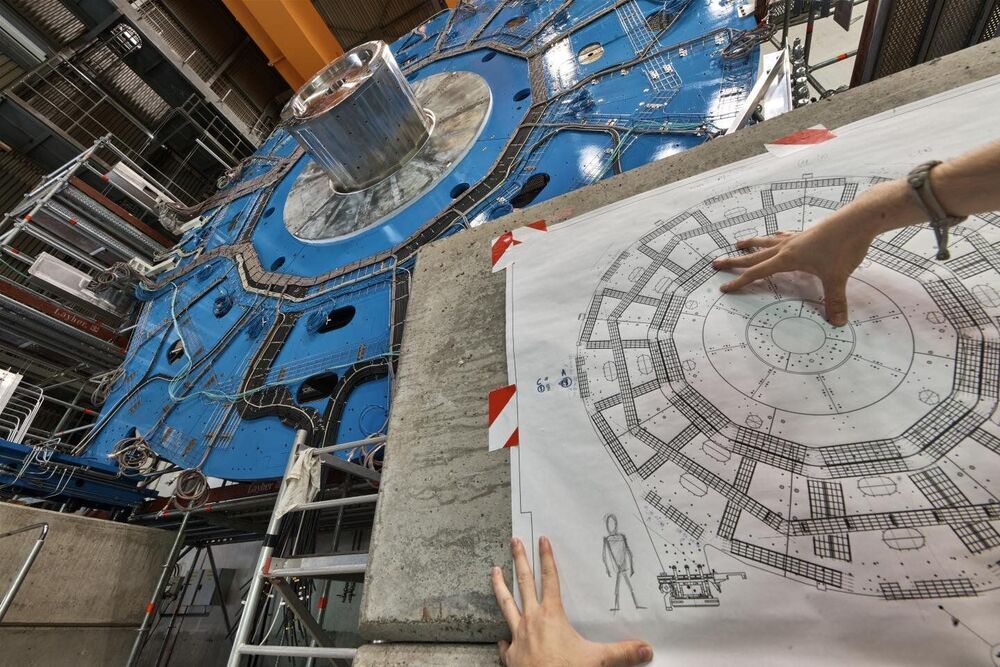Nov 9, 2020
Quantum cryptography using qutrits
Posted by Quinn Sena in categories: encryption, quantum physics
Circa 2006
Quantum cryptography (QC) is still in a very early stage and there are very few commercial products available. But this doesn’t prevent researchers to look at new solutions. For example, physicists from the University of Wien, Austria, are testing qutrits instead of the more common qubits. These qutrits can simultaneously exist in three basic states — instead of two for the qubits. This means that QC systems based on qutrits will inherently be more secure. But if QC using qubits has been demonstrated over distances exceeding 100 kilometers, the experiments with qutrits are today confined within labs. For more information, read this abstract of a highly technical paper or continue below.


















